In this paper, we explore a new variational model based on the fractional derivative and total variation.Due to some metrics, our approach shows great results compared to other competitive models.In particular, deleting the noise and preserving edges, features and corners are headlights to our approach.For the fractional variable-order derivatives, different discretizations were presented to comparison.The theoretical results are validated by the Primal Dual Projected Gradient (PDPG) Algorithm which is well adapted to the fractional calculus.
1.
Introduction
Special polynomials, generating functions, and the trigonometric functions are used not only in mathematics but also in many branches of science such as statistics, mathematical physics, and engineering.
Let N,Z,R and C indicate the set of positive integers, the set of integers, the set of real numbers, and the set of complex numbers, respectively. Let α∈N0=N∪{0} and λ∈C (or R).
The Apostol-Bernoulli polynomials B(α)n(x;λ) of order α are defined by means of the following exponential generating function (see [1,2,3]):
Note that B(α)n(x;1)=B(α)n(x) denote the Bernoulli polynomials of order α and B(α)n(0;λ)=B(α)n(λ) denote the Apostol-Bernoulli numbers of order α, respectively. Setting α=1 into (1.1), we get B(1)n(λ)=Bn(λ) which are the so-called Apostol-Bernoulli numbers.
The Apostol-Euler polynomials E(α)n(x;λ) of order α are defined by means of the following exponential generating function (see [4,5]):
By virtue of (1.3), we have E(α)n(x;1)=E(α)n(x) denote the Euler polynomials of order α and E(α)n(0;λ)=E(α)n(λ) denote the Apostol-Euler numbers of order α, respectively. Setting α=1 into (1.3), we get E(1)n(λ)=En(λ) which are the so-called Apostol-Euler numbers.
The Apostol-Genocchi polynomials G(α)n(x;λ) of order α are defined by means of the following exponential generating function (see [6]):
By virtue of (1.5), we have G(α)n(x;1)=G(α)n(x) denote the Genocchi polynomials of order α and G(α)n(0;λ)=G(α)n(λ) denote the Apostol-Genocchi numbers of order α, respectively. Setting α=1 into (1.5), we get G(1)n(λ)=Gn(λ) which are the so-called Apostol-Genocchi numbers.
In recent years, many generalizations of these polynomials have been studied by mathematicians. See for example [7,8,9,10,11,12,13,14,15,16,17,18,19,20]. With the aid of these polynomials two parametric kinds of Apostol-Bernoulli, Apostol-Euler and Apostol-Genocchi of order α defined by Srivastava et al. [15,19] whose generating functions are given by
and
and
Remark 1.1. Note that the symbols c and s occurring in the superscripts on the left-hand sides of these last Eqs (1.7)–(1.12) indicate the presence of the trigonometric cosine and the trigonometric sine functions, respectively, in the generating functions on the corresponding right-hand sides.
The motivation of this paper is to obtain F-analogues of the Eqs (1.7)–(1.12) with the help of the Golden calculus. Namely, we define the parametric Apostol Bernoulli-Fibonacci, the Apostol Euler-Fibonacci, and the Apostol Genocchi-Fibonacci polynomials by means of the Golden Calculus. Utilizing the Golden-Euler formula and these generating functions with their functional equations, numerous properties of these polynomials are given. The special cases of these polynomials and numbers are studied in detail. The rest of this paper is structured as follows. In Section 2, we present some key definitions and properties that are crucial to Golden calculus. Then, with the help of the Golden calculus, we mention some polynomials that have been previously defined in the literature. In Section 3, considering the properties of Golden calculus, we introduce six families of two-parameter polynomials with the help of Golden trigonometric functions and exponential functions. Then, in the three subsections of this section, we examine the various properties of these polynomials defined with the help of generating functions and their functional equations.
2.
Golden calculus
In this part of the our paper, we mention some definitions and properties related to Golden calculus (or F-calculus).
The Fibonacci sequence is defined by means of the following recurrence relation:
where F0=0, F1=1. Fibonacci numbers can be expressed explicitly as
where α=1+√52 and β=1−√52. α≈1,6180339… is called Golden ratio. The golden ratio is frequently used in many branches of science as well as mathematics. Interestingly, this mysterious number also appears in architecture and art. Miscellaneous properties of Golden calculus have been defined and studied in detail by Pashaev and Nalci [21]. Therefore, [21] is the key reference for Golden calculus. In addition readers can also refer to Pashaev [22], Krot [23], and Ozvatan [24].
The product of Fibonacci numbers, called F-factorial was defined as follows:
where F0!=1. The binomial theorem for the F-analogues (or-Golden binomial theorem) are given by
in terms of the Golden binomial coefficients, called as Fibonomials
with n and k being nonnegative integers, n≥k. Golden binomial coefficients (or-Fibonomial coefficients) satisfy the following identities as follows:
and
The Golden derivative defined as follows:
The Golden Leibnitz rule and the Golden derivative of the quotient of f(x) and g(x) can be given as
respectively. The first and second type of Golden exponential functions are defined as
and
Briefly, we use the following notations throughout the paper
and
Using the Eqs (2.2), (2.4), and (2.5), the following equation can be given
The Fibonacci cosine and sine (Golden trigonometric functions) are defined by the power series as
and
For arbitrary number k, Golden derivatives of ekxF, EkxF, cosF(kx), and sinF(kx) functions are
and
Using (2.4), Pashaev and Ozvatan [25] defined the Bernoulli-Fibonacci polynomials and related numbers. After that Kus et al. [26] introduced the Euler-Fibonacci numbers and polynomials. Moreover they gave some identities and matrix representations for Bernoulli-Fibonacci polynomials and Euler-Fibonacci polynomials. Very recently, Tuglu and Ercan [27] (also, [28]) defined the generalized Bernoulli-Fibonacci polynomials and generalized Euler-Fibonacci polynomials, namely, they studied the Apostol Bernoulli-Fibonacci and Apostol Euler-Fibonacci of order α as follows:
and
3.
Generalized parametric types of Apostol Bernoulli-Fibonacci, Apostol Euler-Fibonacci, and Apostol Genocchi-Fibonacci polynomials via Golden calculus
Krot [23] defined the fibonomial convolution of two sequences as follows. Let an and bn are two sequences with the following generating functions
then their fibonomial convolution is defined as
So, the generating function takes the form
Let p,q∈R. The Taylor series of the functions eptFcosF(qt) and eptFsinF(qt) can be express as follows:
and
where
By virtue of above definitions of Cn,F(p,q) and Sn,F(p,q) and the numbers B(α)n,F(λ), E(α)n,F(λ) and G(α)n,F(λ), we can define two parametric types of the Apostol Bernoulli-Fibonacci polynomials, the Apostol Euler-Fibonacci polynomials, and the Apostol Genocchi-Fibonacci polynomials of order α, as follows:
whose exponential generating functions are given, respectively, by
Remark 3.1. By virtue of (3.5) and (3.6), when λ≠1, B(c,α)0,F(p,q;λ)=0 and when λ=1, B(c,α)0,F(p,q;1)=1. Moreover for ∀λ∈C, B(s,α)0,F(p,q;λ)=0.
Remark 3.2. By virtue of (3.7), when λ=−1, E(c,α)0,F(p,q;−1) is undefined and when λ≠−1, E(c,α)0,F(p,q;λ)=(2λ+1)α. Also, from (3.8), when λ≠−1, E(s,α)0,F(p,q;λ)=0. For λ=−1, E(s,α)0,F(p,q;−1) is determined according to the values of α.
Remark 3.3. By virtue of (3.9) and (3.10), when λ≠−1, G(c,α)0,F(p,q;λ)=0 and λ=−1, G(c,α)0,F(p,q;−1)=(−2)α. Moreover for ∀λ∈C, G(s,α)0,F(p,q;λ)=0.
Remark 3.4. If we take α=1 and q=0 in (3.5), (3.7), and (3.9), we get Apostol Bernoulli-Fibonacci polynomials, Apostol Euler-Fibonacci polynomials, and Apostol Genocchi-Fibonacci polynomials
respectively. If we take p=0 in (3.11)–(3.13), we obtain Apostol Bernoulli-Fibonacci numbers Bn,F(λ), Apostol Euler-Fibonacci numbers En,F(λ), and Apostol Genocchi-Fibonacci numbers Gn,F(λ).
3.1. Basic properties of B(c,α)n,F(p,q;λ) and B(s,α)n,F(p,q;λ)
Theorem 3.1. The following identities hold true:
and
Proof. By applying (3.5), we first derive the following functional equation:
which readily yields
Comparing the coefficients of tn on both sides of this last equation, we have
which proves the result (3.14). The assertion (3.15) can be proved similarly.
Remark 3.5. We claim that
and
Theorem 3.2. For every n∈N, following identities hold true:
and
Proof. Using (3.5) and applying the Golden derivative operator ∂F∂Fp, we obtain
By comparing the coefficients of tn on both sides of this last equation, we arrive at the desired result (3.16). To prove (3.18), using (3.5) and applying the Golden derivative operator ∂F∂Fq, we find that
Comparing the coefficients of tn on both sides of this last equation, we arrive at the desired result (3.18). Equations (3.17) and (3.19) can be similarly derived.
Theorem 3.3. The following identities hold true:
and
Proof. Setting α=1 in (3.5) and using (3.1), we find that
Comparing the coefficients of tn on both sides of this last equation, we arrive at the desired result (3.20). Equation (3.21) can be similarly derived.
Theorem 3.4. The following identities hold true:
and
Proof. Setting α=1 in (3.5) and using (2.9), we find that
Comparing the coefficients of tn on both sides of this last equation, we arrive at the desired result (3.22). Equation (3.23) can be similarly derived.
Theorem 3.5. The following identities hold true:
and
Proof. Using the following equation for the proof of (3.24), we have
Considering B(c,1)0,F(p,q;λ)=0, and doing some calculations, we arrive at the desired result (3.24). Equation (3.25) can be similarly derived.
Theorem 3.6. The following identities hold true:
and
Proof. By applying (3.5), we have
Comparing the coefficients of tn on both sides of this last equation, we arrive at the desired result (3.26). Equation (3.27) can be similarly derived.
Theorem 3.7. Determinantal forms of the cosine and sine Apostol Bernoulli-Fibonacci polynomials are given by
and
Proof. Equation (3.24) cause the system of unknown (n+2)-equations with B(c,1)n,F(p,q;λ), (n=0,1,2,…). Then we apply the Cramer's rule to solve this equation. We obtain the desired result. In a similar way, we can obtain the determinantal form for sine Apostol Bernoulli-Fibonacci polynomials.
In subsections 3.2 and 3.3, we give the some basic properties of the polynomials E(c,α)n,F(p,q;λ), E(s,α)n,F(p,q;λ), G(c,α)n,F(p,q;λ), and G(s,α)n,F(p,q;λ). Their proofs run parallel to those of the results presented in this subsection; so, the proofs are omitted.
3.2. Basic properties of E(c,α)n,F(p,q;λ) and E(s,α)n,F(p,q;λ)
Theorem 3.8. The following identities hold:
and
Remark 3.6. We claim that
Theorem 3.9. For every n∈N, following identities hold true:
and
Theorem 3.10. The following identities hold true:
and
Theorem 3.11. The following identities hold true:
and
Theorem 3.12. The following identities hold true:
and
Theorem 3.13. The following identities hold true:
and
Theorem 3.14. Determinantal forms of the cosine and sine Apostol Euler-Fibonacci polynomials are given by
and
3.3. Basic properties of G(c,α)n,F(p,q;λ) and G(s,α)n,F(p,q;λ)
Theorem 3.15. The following identities hold true:
and
Remark 3.7. We claim that
Theorem 3.16. For every n∈N, following identities hold true:
and
Theorem 3.17. The following identities hold true:
and
Theorem 3.18. The following identities hold true:
and
Theorem 3.19. The following identities hold true:
and
Theorem 3.20. The following identities hold true:
and
Theorem 3.21. Determinantal forms of the cosine and sine Apostol Genocchi-Fibonacci polynomials are given by
and
4.
Conclusions
Our aim in this article is to define the F-analogues of the parametric types of the Apostol Bernoulli, the Apostol Euler, and the Apostol Genocchi polynomials studied by Srivastava et al. [15,19]. Namely, we have defined parametric types of the Apostol Bernoulli-Fibonacci, the Apostol Euler-Fibonacci, and the Apostol Genocchi-Fibonacci polynomials using the Golden calculus and investigated their properties. In our future work, we plan to define the parametric types of some special polynomials with the help of Golden calculus and to obtain many combinatorial identities with the help of their generating functions.
Conflict of interest
All authors declare no conflicts of interest in this paper.











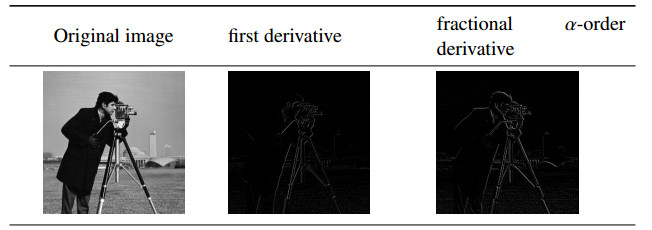

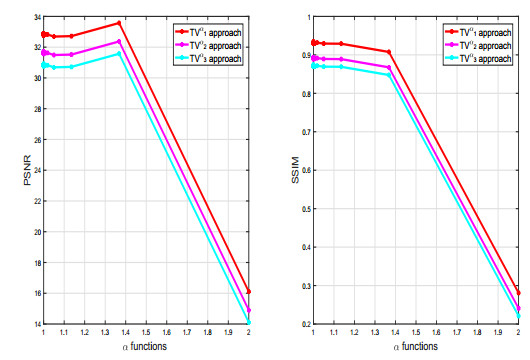
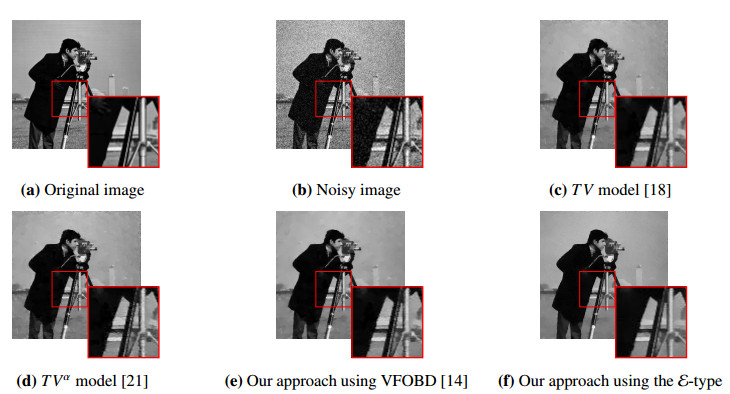

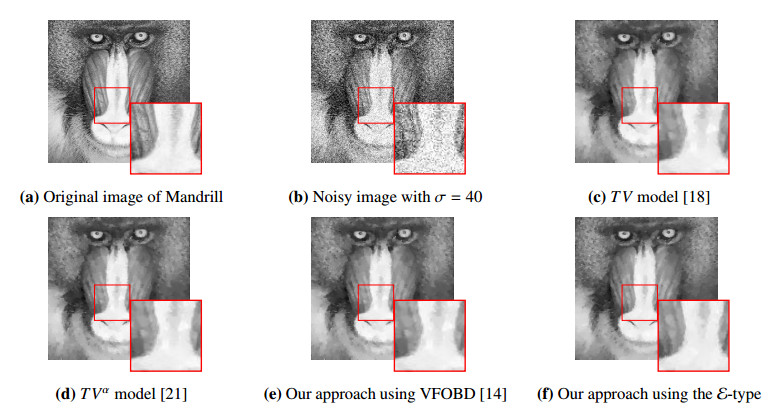
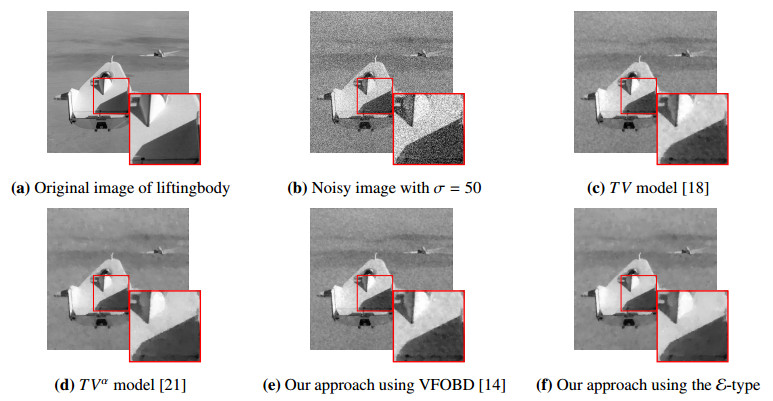
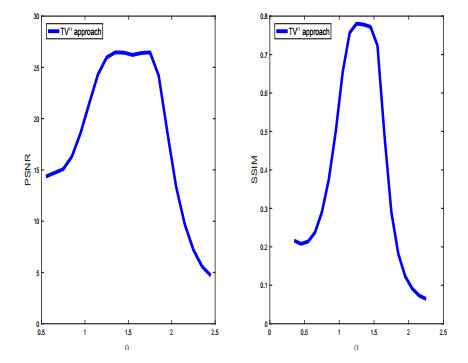
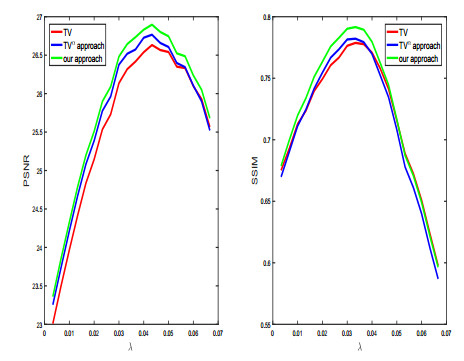



 DownLoad:
DownLoad: